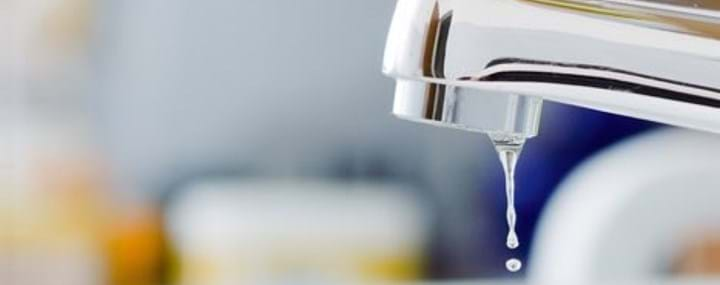
Legionella
About Legionella
Water safety
It’s important you have access to safe water and aren’t put at risk of water related diseases, such as Legionnaires’ disease. We’re responsible for making sure that the risk of exposure to Legionella is properly controlled, but there are also measures you can take.
What is Legionnaires’ disease?
Legionnaires’ disease is a pneumonia-like illness. It can affect anybody and is potentially fatal, but rare in the UK. The infection is caused by breathing in small droplets of water contaminated by the bacteria. You can’t get it from drinking water and the disease can’t be passed between people.
Legionella bacteria can be found in hot and cold water systems in houses. The main areas of risk are where bacteria can multiply. They can survive low temperatures and thrive at temperatures between 20–45°C if the conditions are right. They are killed by temperatures above 60°C. Anybody can catch Legionnaires’ disease, but it’s more likely to affect those who are older, who smoke, and those who are already ill or have low immunity or respiratory conditions.
Reducing the risk of Legionella in your home
The risk of Legionella causing illness in small houses is very low. Taking the following simple precautions will help keep you safe:
- Run showers and taps for at least one minute before use if they haven’t been used for a few days
- Flush the toilet twice to circulate fresh water through the system and empty the cistern
- Keep all shower heads and taps clean and free from a build-up of limescale, mould or algae growth
- Use sterilising fluid every 3-6 months. Keep your hot water at a temperature of more than 60°C, but be careful of scalding
- Notify us if the hot water is not heating properly, or there are any other problems with the system
Our responsibilities
We’re responsible for making sure the risk of exposure to Legionella is properly controlled. We have a duty to assess the risk of exposure and implement appropriate control measures where required. With most small houses the risk is quite low, and we would expect you to follow the basic precautionary measures above to keep yourself safe.
With larger premises, such as sheltered accommodation and blocks of flats where the water is managed centrally, we need to assess the risk of Legionella bacteria in water installations or systems. Our responsible person will record the risks and precautions and review the assessment in line with detailed guidance provided by the health and safety executive.
We’ll prepare a plan for preventing or controlling the risk of Legionella bacteria, including:
- Water in the boiler and at each outlet point should be kept at a minimum of 60° C within a minute of running the water
- Shower heads and hoses used in common areas of the building should be dismantled, cleaned, and descaled regularly
- Any water units that are not regularly used should be flushed through regularly
- Communal cold water tanks are visually inspected every six months
- The water tank is insulated and fitted with a closed lid
- We check for debris and if necessary, clean and disinfect. We carry out monthly monitoring of communal sites and report our findings, taking necessary actions where required
Ensuring water safety in your home
Flush any infrequently used water outlets weekly, especially if you’ve been away from your home for more than a week. Don’t tamper with any set heating levels on your hot water system, it’s set to a level to protect you from Legionella and other bacteria. Don’t remove water tank lids.

More information
If you have any concerns about legionella, please call our Contact Centre on 0161 393 7117.